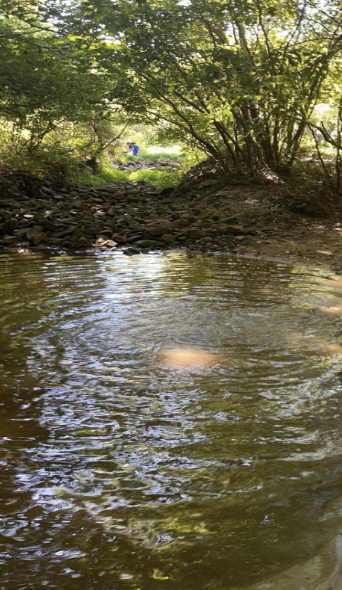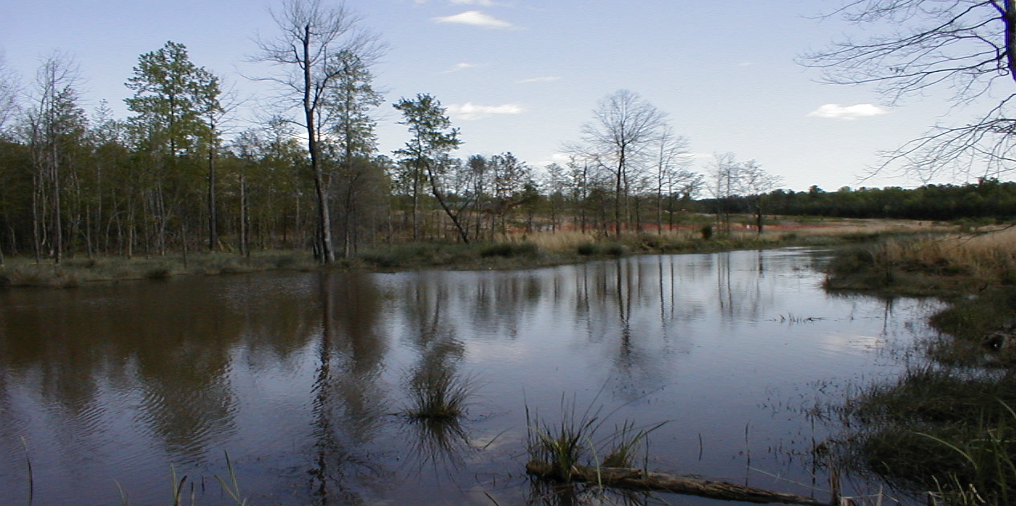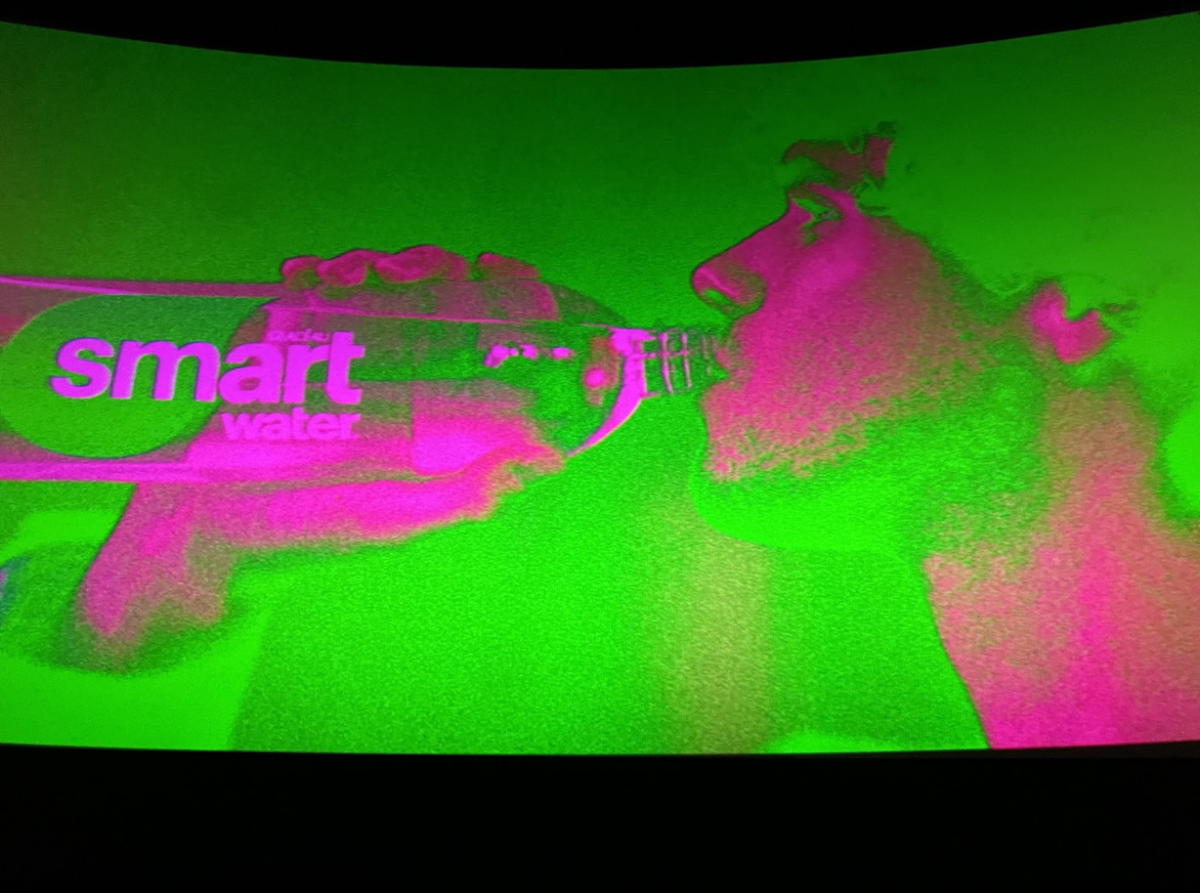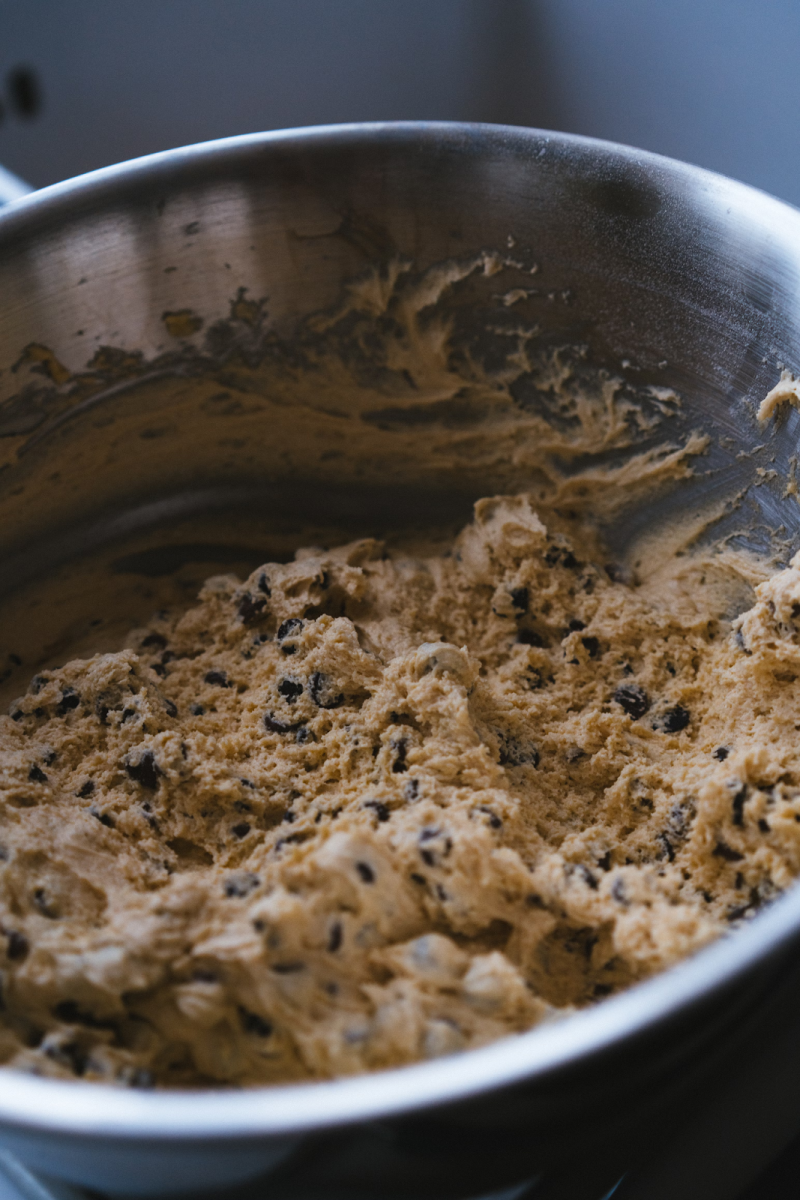A long-standing element of Green Hope, the wetlands located behind the school date back to the 19th century, maintaining its existence throughout civil war battles and the drastic urbanization of recent decades. Today, it plays an essential role in Green Hope science classes, and in teaching students the importance of environmental conservation.
The wetland started as a “meandering stream” through dense forestry that promoted biodiversity for plants and animals. Once construction for the school began in 1998, the wetland was manipulated into an “in-stream sedimentation pond,” in hopes to lessen the construction impacts on the biological community. While many sedimentation ponds are destroyed after construction, the wetlands near Green Hope continued to be maintained after school construction ended, creating a rich, fertile area for small ecosystems to thrive.

A wetland is typically characterized by saturated soil, small bodies of water and immense biodiversity, measured by the amount of different aquatic and terrestrial animals. Green Hope science teacher Mrs. Robinette explained that such wetlands act as natural “filters” for sediment or other pollutants. “Wetlands act as natural sponges for runoff of water, sediments and pollutants… Wildlife uses wetlands as nurseries and nesting grounds too so they are negatively impacted when the health of wetlands deteriorates,” she said. At Green Hope, the wetland is able to boost the biological environment of fish, bugs and small animals near the campus.
Through decades of development to the surrounding area, the wetland has transformed from its earlier state. The wetland’s appearance varies, ranging from a thriving ecosystem to little more than a dry puddle, depending on time of year and natural or human interference. Rafik Khismatov (‘24), a student with passion for the environment, said, “In cooler, more wet climates there typically is a lot more biodiversity, which makes our job of catching organisms more fun. However, the wetland gets very dry, especially with all the sedimentation.” Khismatov started visiting the wetland two years ago, but the fluctuation in wetland health quality he observed has been occurring for over two decades.
In 2003, when deforestation occurred near the Heritage Pines neighborhood, areas around the wetland decreased notably in health. The species that disappeared and the reduced health of the wetland worsened the quality of services it could offer to residents. Once finished, Heritage Pines became an adversary to the wetland, harming biodiversity, water quality and soil quality through human-induced overexploitation and pollution. Potential flooding and local species posed issues to Heritage Pines residents, who worked to eliminate the wetland.

“There are a variety of concerns posed by students of [Green Hope] to the Town of Cary. One key concern revolved around a beaver that made its home at the [school] wetland,” Mrs. Robinette said. In the early 2000s, multiple beavers had moved to the wetland and built dams, which raised water levels of the wetland. Science students and local conservationists welcomed the change, as beavers help build up the wetland’s health and diversity. Nearby neighborhoods, however, shared different sediments. By 2010, all beavers were found shot dead and multiple empty beaver traps were discovered across the wetland.
Mrs. Robinette sad that large amounts of sediment in the wetland speeds up the environmental degradation process. “The most recent and largest change had been the excessive amount of sand dumped into the wetland as a result of the building of townhome communities near [Green Hope].”
Khismatov elaborated on these impacts. “When townhouses were built nearby in 2017, they were incorrectly managed, which is why the wetland has so much dirt and sand, especially as more people move to that area like my friend[s].” Since property in the area has increased in demand, the Cary population exploded to over 150,000 people, as developers eye land near the Green Hope wetlands to convert.
Green Hope students recognize the danger that such actions pose, and strive to make a positive impact on their school environment. “It’s very important to be sustainable within the environment,” Khismatov said. “The wetland means a lot to me since I have been visiting it for a while. I enjoy volunteering to maintain the wetland’s health by dredging with AP Environmental Science students.”
Mrs. Robinette voiced similar beliefs, claiming that the work performed by students could have a drastic impact on improving the health of the ecosystem. “With the many hours of dredging and cleaning the wetland, I am hopeful to see an increase in macroinvertebrates. Their diversity suffered significantly… Mr. Rush and Ms. Magee, along with their students, have worked tirelessly to restore the health of the wetland, and it’s paying off,” she said.
Construction of nearby neighborhoods have posed significant challenges to the wetland, but Mrs. Robinette asserted that the values it instills upon student volunteers paves the way for future conservation efforts, and provides assistance to maintain the wetland; she emphasized that this persistence “provides hands-on experiences that most students do not get until college.”














